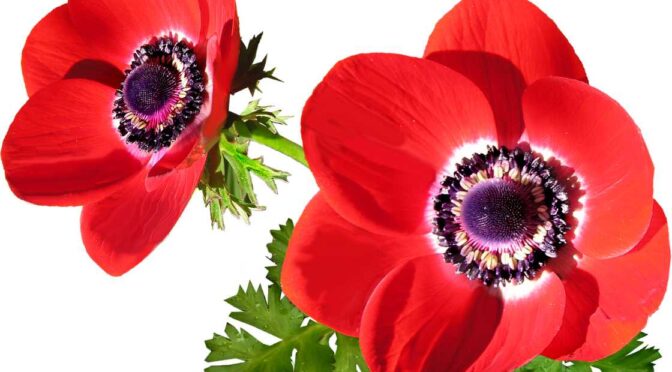Dahlias are a popular flowering plant known for their vibrant colors and wide range of sizes and shapes. Many gardeners love growing dahlias for their abundant blooms, but a common question is, “How many flowers can you expect from one dahlia tuber?” In this article, we will explore the answer to this question and provide some tips for maximizing your dahlia’s flower production.
Understanding Dahlia Tubers
Before we dive into the number of flowers you can expect from one dahlia tuber, let’s first understand what a dahlia tuber is. A dahlia tuber is a modified root that stores energy and nutrients for the plant’s growth and flowering. When planted in the ground or in a container, the tuber will produce stems, leaves, and flowers.
The Number of Flowers per Dahlia Tuber
The number of flowers you can expect from one dahlia tuber depends on several factors, including the variety, the size of the tuber, and the growing conditions. On average, one dahlia tuber will produce around five to six blooms per season. However, some varieties may produce fewer or more flowers than others, and larger tubers may produce more blooms than smaller ones.
Maximizing Flower Production
If you want to maximize your dahlia’s flower production, there are a few things you can do. First, make sure to plant your dahlia tuber in well-draining soil with plenty of organic matter. Dahlia plants need full sun to thrive, so choose a sunny location for planting.
Second, make sure to water your dahlia regularly. Dahlia plants need consistent moisture, but be careful not to overwater, as this can lead to root rot.
Finally, deadhead your dahlia regularly. Deadheading is the process of removing spent blooms from the plant to encourage more flower production. As your dahlia plant grows, pinch back the tips of the stems to encourage branching and more flower production.
FAQ,s
How many flowers can one expect from a dahlia tuber?
On average, one dahlia tuber will produce around five to six blooms per season. However, this can vary depending on factors such as the variety, size of the tuber, and growing conditions.
Can the number of flowers produced by a dahlia tuber be increased?
Yes, the number of flowers produced by a dahlia tuber can be increased by planting in well-draining soil, providing plenty of sunlight and water, and deadheading regularly. Pinching back the tips of the stems can also encourage branching and more flower production.
Are there any dahlia varieties that produce more flowers than others?
Yes, some dahlia varieties are known to produce more flowers than others. For example, the “Bishop of Landaff” dahlia variety is known for producing an abundance of red flowers, while the “Mystic Illusion” variety produces unique and striking bi-colored blooms. However, it’s important to note that the number of flowers produced also depends on the size of the tuber and growing conditions.
In Conclusion
In conclusion, one dahlia tuber will typically produce around five to six flowers per season. However, by planting in well-draining soil, providing plenty of sun and water, and deadheading regularly, you can maximize your dahlia’s flower production. With a little care and attention, your dahlia plant can produce a stunning display of blooms that will last all season long.




